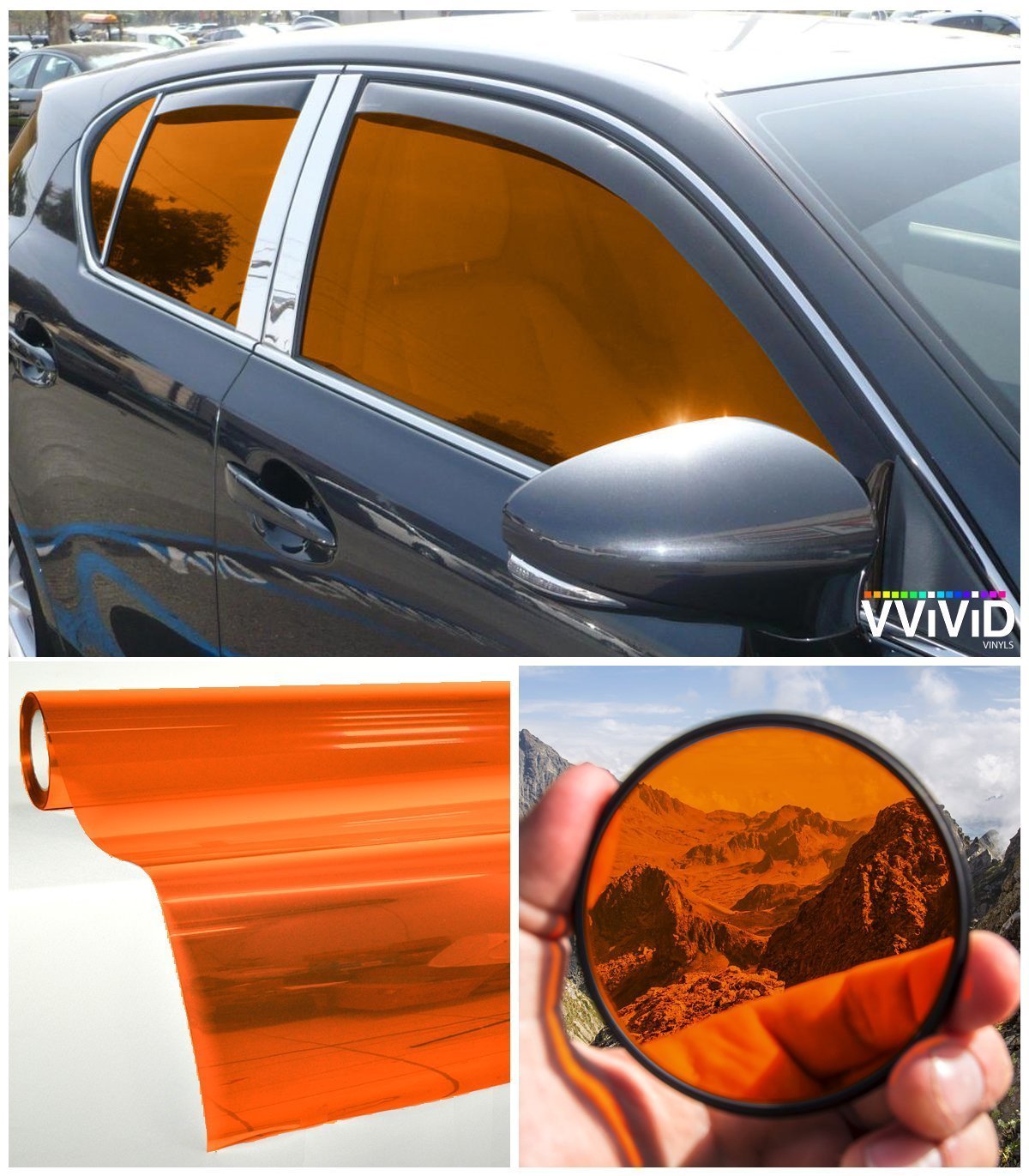Cost Effective Auto Window Tinting for every single Vehicle Type
Home Window Tinting Laws and Standards: What You Required to Know Before Tinting Your Vehicle
Before proceeding with window tinting for your car, it is important to familiarize yourself with the diverse laws and guidelines that control this technique throughout various states. These laws dictate the permissible degrees of tint darkness, often measured by noticeable light transmission (VLT) percentages, and consist of certain stipulations for front windscreens targeted at making sure roadway security. In addition, certain jurisdictions may provide clinical exemptions for individuals with certifying conditions. Recognizing these intricacies can save you from possible legal ramifications, however what are the details guidelines in your state?
Review of Home Window Tinting Rules
Home window tinting legislations are frequently subject to variation throughout different territories, mirroring regional regulations and safety and security factors to consider. These regulations determine the acceptable levels of color darkness and reflectiveness on lorry windows, making sure that vehicle drivers maintain sufficient presence while also shielding against dangerous UV rays and heat.
Many laws classify window tinting based on the Visible Light Transmission (VLT) portion, which indicates the amount of light that can travel through the home window. Generally, reduced VLT percentages signify darker tints. Laws usually distinguish between the front, side, and back windows, with stricter restrictions put on the front windshield to enhance security for both the vehicle driver and various other road individuals.
Furthermore, some territories enforce restrictions on the reflectivity of the tint, protecting against extreme glow that could impair exposure. Exceptions to these laws might exist for people with specific clinical problems calling for additional sunlight protection. Conformity with window tinting guidelines is critical, as offenses can result in fines, compulsory removal of the color, and prospective increases in insurance policy costs. As a result, it is important for car proprietors to acquaint themselves with regional regulations before continuing with home window tinting installments.
State-by-State Tint Regulations
Recognizing the particular home window tinting guidelines in each state is crucial for automobile owners seeking to abide by the law. Each state in the U.S. has actually established its own collection of policies regulating home window tinting, which can vary dramatically. These laws typically dictate the allowable levels of tint darkness, the kinds of windows that can be tinted, and any kind of medical exemptions that may apply.
As an example, states like California have rigid limitations on tint darkness for front windows, while others, such as New Mexico, may allow darker colors. In addition, specific states mandate specific visibility portions for different windows, including the windscreen, front side home windows, and back home windows. It is crucial for automobile proprietors to familiarize themselves with their state's regulations to stay clear of possible penalties or fines.
Moreover, some states might need a certification sticker to be put on tinted windows, indicating conformity with state regulations. Failure to stick to these policies not only takes the chance of lawful effects however can also affect security and presence while driving. Automobile owners should carry out thorough research or consult local authorities to guarantee complete understanding and conformity with state-by-state tint regulations.
Allowed Color Levels and Kinds
Several car proprietors might be surprised to find out that enabled tint levels and kinds vary extensively across different states. Each state has actually developed its very own laws pertaining to the permitted darkness and reflectivity of window tint, often gauged by Visible Light Transmission (VLT) portions. VLT describes the amount of light that can pass via the colored home windows; therefore, a lower percentage suggests a darker color.

In addition, the kinds of color materials permitted can differ, with some states prohibiting metal or mirror-like surfaces. It is vital for vehicle proprietors to familiarize themselves with their state's details laws to make sure compliance. Non-compliance can cause penalties, obligatory elimination of the tint, or various other lawful consequences, making it imperative to recognize these laws before proceeding with installment.
Medical Exemptions for Tinting
While not all states offer allocations for medical exemptions concerning home window tinting, those that do recognize the necessity for specific people to improve presence Learn More Here and comfort because of clinical problems. Different clinical conditions, such as lupus, skin cancer, and certain eye conditions, can render people especially conscious sunlight. Consequently, these people might call for darker colors to secure themselves from dangerous UV rays and glare.

It is very important to keep in mind that despite having a clinical exemption, there may still be constraints on the level of tint enabled. Compliance with state legislations guarantees that people are both safeguarded and within legal limits. Those taking into consideration clinical exceptions ought to contact their local Division of Motor Automobiles or comparable authority to comprehend the procedures and requirements required to request an exemption effectively.
Charges for Non-Compliance
Stopping working to follow home window tinting regulations can cause significant penalties, which vary by state. Police are encouraged to provide citations for cars that do not stick to the specified tinting guidelines. These charges generally include penalties, which More hints can vary from moderate quantities to several hundred dollars, depending on the severity of the offense and the state in concern.
In some jurisdictions, repeated offenses might result in rising fines or extra fines, such as required court looks. Non-compliance might require the elimination of prohibited tinting, typically at the owner's cost. In severe instances, habitual transgressors may encounter suspension of their automobile registration up until conformity is accomplished.
Furthermore, insurance implications may develop from obtaining multiple citations for home window tint offenses. Insurance firms may watch such offenses as an indication of riskier behavior, potentially bring about enhanced costs or problem in insurance coverage.
To avoid these fines, it is crucial for lorry owners to acquaint themselves with their local home window tinting legislations and make sure that their automobile complies (Window Tinting). This aggressive strategy not just prevents legal ramifications however also advertises roadway safety
Verdict

Most policies identify home window tinting based on the Visible Light Transmission (VLT) percentage, which suggests the quantity of light that can pass with the window. Conformity with home window tinting laws is critical, as offenses can result in penalties, mandatory removal of the tint, and prospective boosts in insurance premiums.Understanding the particular home window tinting policies in each state is crucial for automobile owners seeking to comply with the regulation. These regulations typically determine you could try here the permitted levels of tint darkness, the kinds of windows that can be tinted, and any type of medical exemptions that may apply.
For instance, states like California have strict constraints on tint darkness for front windows, while others, such as New Mexico, may permit darker tints.